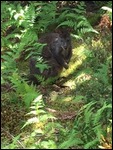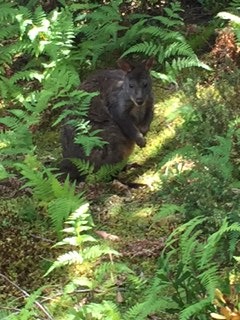Once called Van Dieman’s Land named by its first European visitor, a Dutch sea captain Abel Tasman after a governor also Dutch in 1642 on a fleeing visit to Blackman’s Bay south of Hobart.
The British convict past is well documented. It was a fearful place to be banished to. I have a vague memory of Marcus Clarke’s story ‘For the Term of his Natural Life’ in which the sufferings of child convicts had a profound effect on me. The joint suicide of two little brothers jumping to their deaths from a cliff is seared into my long-term memory. Memory fails me often nowadays so that could well be a distorted view of that book.
The words bleak and blasted are often used when recalling the early days of the island as a colony when desperate felons banished to ground even worse than New South Wales escaped into the wilderness and mostly perished or survived only by cannibalism. Their fate was terrible but for the indigenous inhabitants who had occupied and flourished in this land for over 40,000 years. The Tasmanian aborigines suffered death by disease and the wholesale extermination of families as the arrival of more settlers grabbing land and resources added to their woes. It must have been a beautiful place before the invasion took place that eventually led to the end of aboriginal habitation in Tasmania. Their fate was even more terrible than what happened to the aborigines of the mainland.
At Cradle Mountain itself and in Peppers Resort there is not a great deal of reading matter available on this subject or any other history for that matter. The photography books are however every where and show magnificent landscapes in snow and summer foliage.

